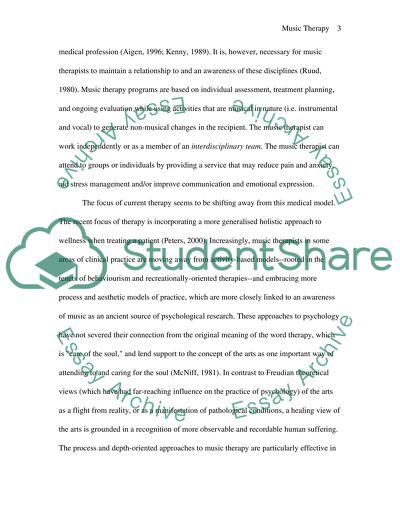Cite this document
(“Psychological Research And Music Therapy Essay Example | Topics and Well Written Essays - 4000 words”, n.d.)
Retrieved from https://studentshare.org/psychology/1395051-psychological-research-and-music-therapy
Retrieved from https://studentshare.org/psychology/1395051-psychological-research-and-music-therapy
(Psychological Research And Music Therapy Essay Example | Topics and Well Written Essays - 4000 Words)
https://studentshare.org/psychology/1395051-psychological-research-and-music-therapy.
https://studentshare.org/psychology/1395051-psychological-research-and-music-therapy.
“Psychological Research And Music Therapy Essay Example | Topics and Well Written Essays - 4000 Words”, n.d. https://studentshare.org/psychology/1395051-psychological-research-and-music-therapy.


